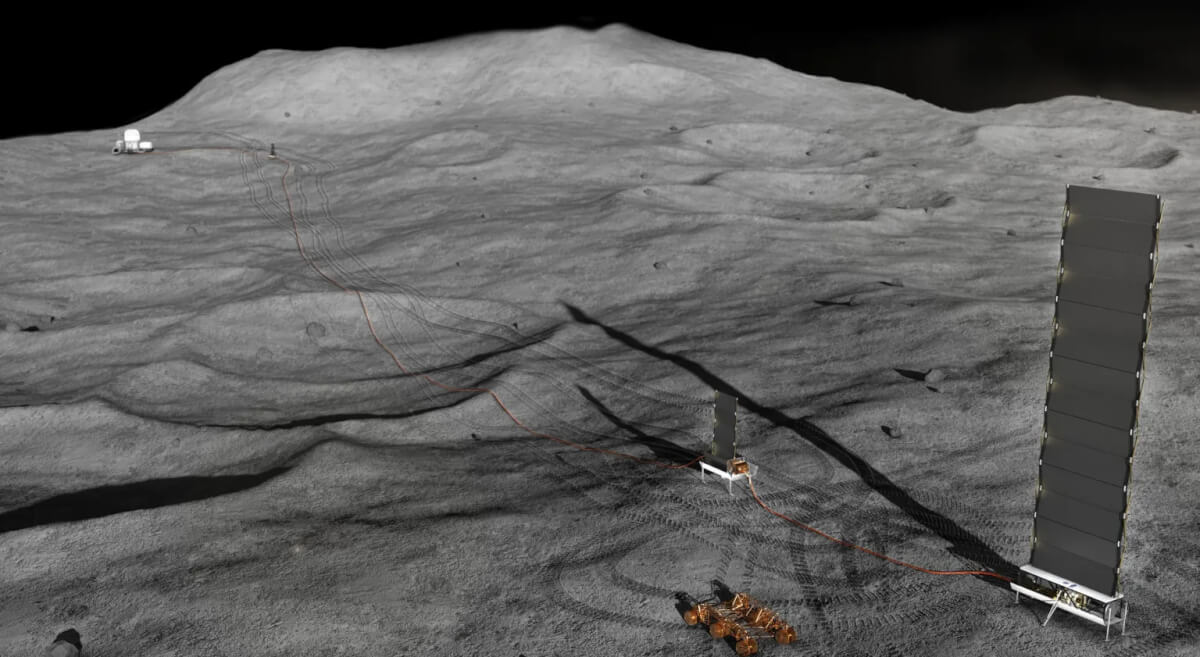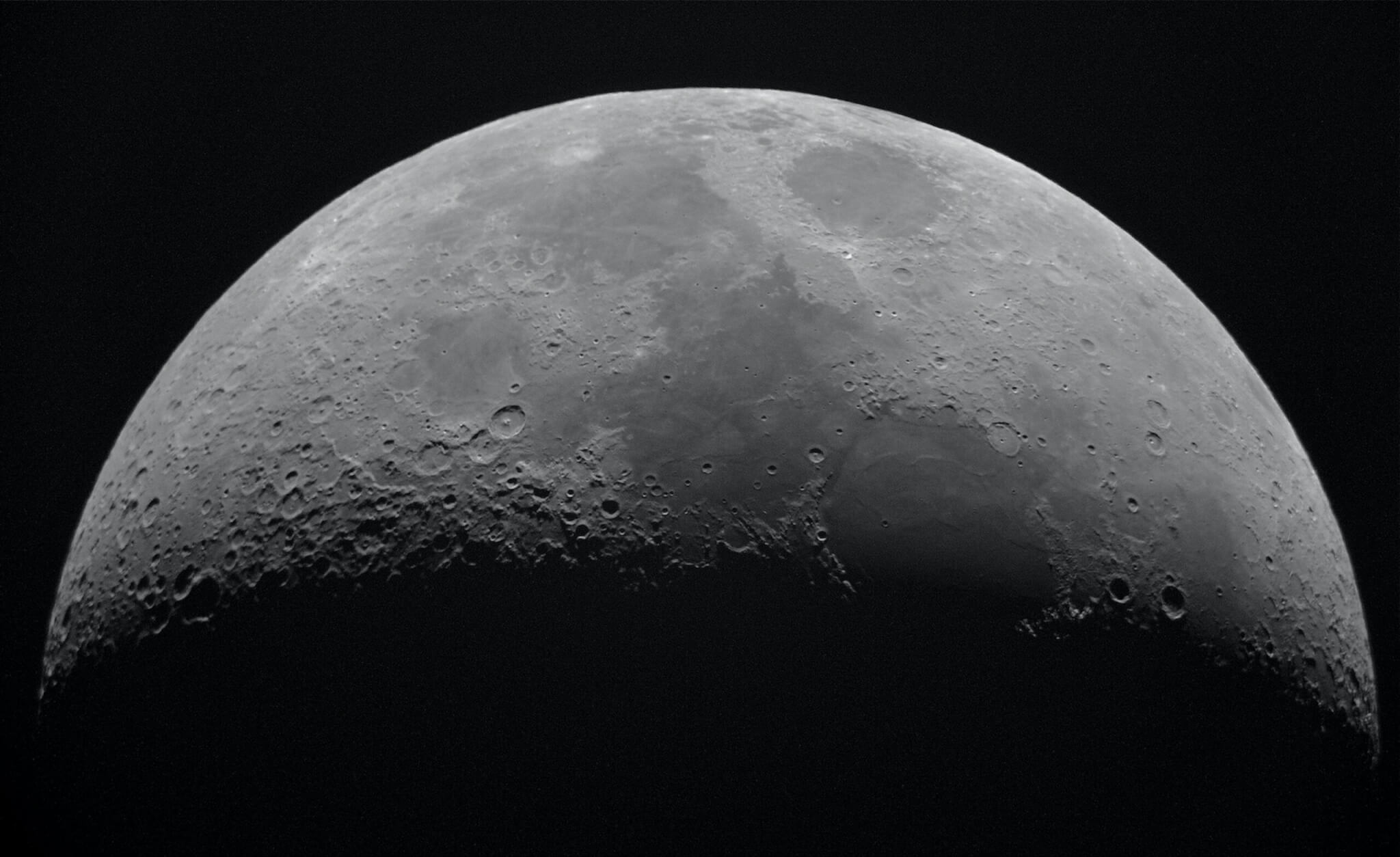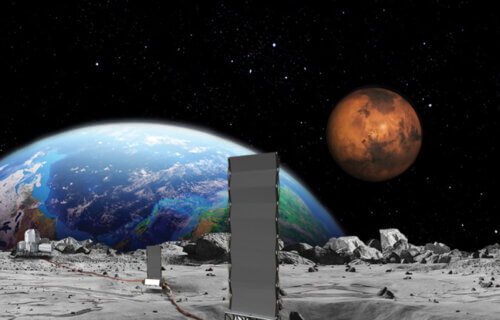WASHINGTON — The Moon could soon be going nuclear. In an ambitious move to secure a sustainable human presence on the Moon and potentially Mars, NASA is nearing the completion of the first phase in its Fission Surface Power Project. This initiative aims to develop a compact, nuclear fission reactor capable of generating electricity, marking a pivotal step towards long-term lunar exploration.
In 2022, NASA awarded $5 million contracts to three commercial partners, each tasked with crafting an initial design for a small-scale nuclear fission reactor. These designs encompass the reactor itself, along with its power conversion, heat rejection, power management, and distribution systems. Additionally, the contracts cover estimated costs and a development timeline that could revolutionize how humans live and work on the Moon for at least a decade.
“A demonstration of a nuclear power source on the Moon is required to show that it is a safe, clean, reliable option,” says Trudy Kortes, program director of the Technology Demonstration Missions within NASA’s Space Technology Mission Directorate at NASA Headquarters in Washington, in a media release.
“The lunar night is challenging from a technical perspective, so having a source of power such as this nuclear reactor, which operates independent of the Sun, is an enabling option for long-term exploration and science efforts on the Moon.”

The lunar night lasts for 14-and-a-half Earth days, making a reliable power source like this nuclear reactor critical for sustained lunar exploration and scientific endeavors.
Unlike solar power systems, which have limitations on the Moon, a nuclear reactor could operate in permanently shadowed regions or continuously throughout the long lunar nights. This capability could unlock new opportunities for exploring areas where water ice may exist and sustaining power during periods when sunlight is unavailable.
The project’s initial requirements were intentionally broad and flexible to encourage innovative solutions.
“There was a healthy variety of approaches; they were all very unique from each other,” notes Lindsay Kaldon, Fission Surface Power project manager at NASA’s Glenn Research Center in Cleveland. “We didn’t give them a lot of requirements on purpose because we wanted them to think outside the box.”
Key specifications for the reactor include a weight limit of six metric tons and the ability to produce 40 kilowatts (kW) of electrical power — enough to power lunar habitats, rovers, backup grids, or scientific experiments. To put this into perspective, 40 kW can power an average of 33 households in the U.S. Moreover, the reactor is expected to operate autonomously for 10 years, with safety being a paramount consideration.
The collaboration between terrestrial nuclear companies and space experts has generated a wealth of innovative ideas, from remote activation and control mechanisms to various fuel types and reactor configurations. This collaborative approach has enriched the project with a wide range of potential solutions.
As NASA prepares to transition into Phase 2 of the project, the agency plans to extend the three Phase 1 contracts to refine the requirements based on the insights gained. The forthcoming phase will focus on designing the final reactor model for a lunar demonstration, with an open solicitation expected in 2025.

Looking ahead, the reactor is slated for delivery to the launch pad in the early 2030s, followed by a one-year demonstration on the Moon and nine years of operational use. Success in this endeavor could pave the way for adapting the reactor design for use on Mars.
In addition to the reactor development, NASA has awarded contracts to Rolls Royce North American Technologies, Brayton Energy, and General Electric to advance Brayton power converters. These converters are essential for transforming the thermal power produced by nuclear fission into electricity, with an emphasis on enhancing efficiency and reducing heat waste.
Through the Fission Surface Power Project, NASA is laying the groundwork for a new era of space exploration, where nuclear power could be the key to sustaining life far beyond Earth. This initiative represents a significant leap toward human exploration of the Moon and Mars, highlighting NASA’s commitment to pioneering technologies for the future of space travel.
